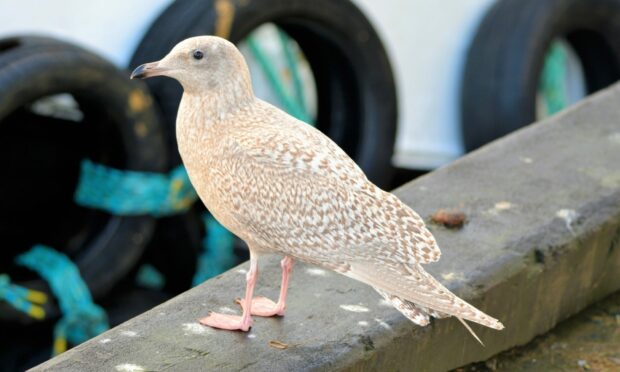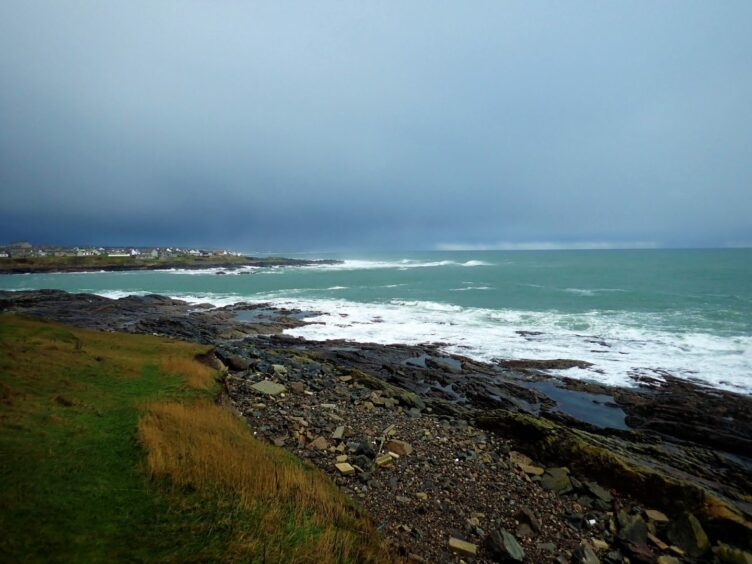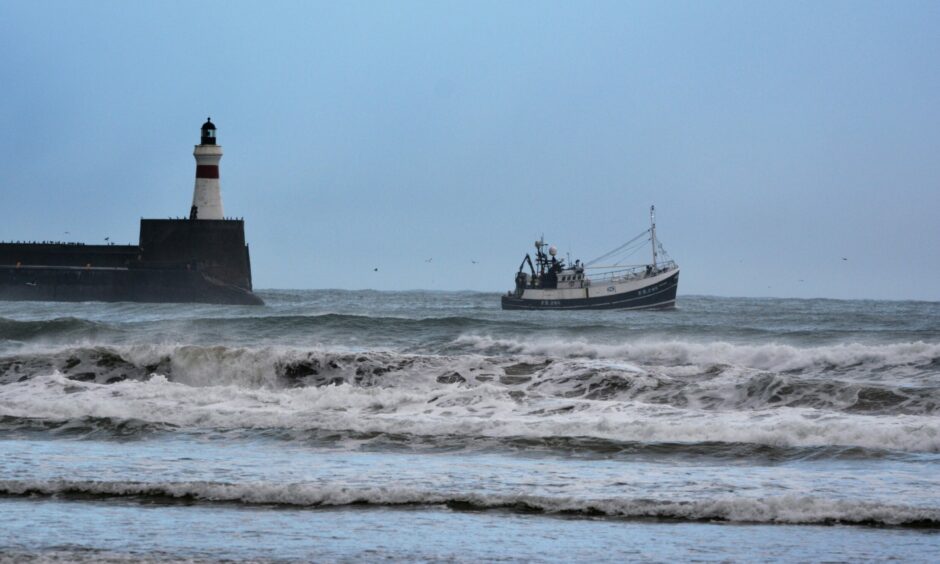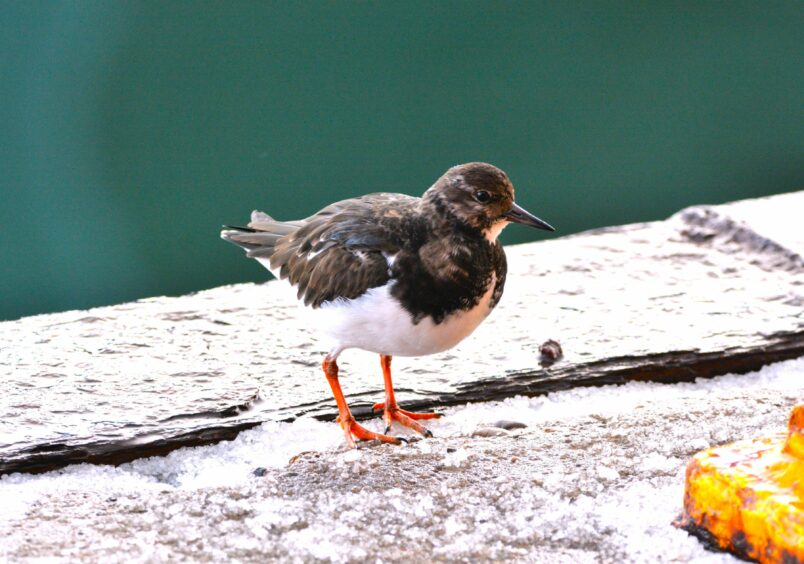An icy, north wind whipped across my exposed vantage point at Kinnaird Head by Fraserburgh and white-spumed rollers crashed onto the rocky shore below me.
With fingers numbed by the cold, I scanned the sea offshore with my binoculars in the hope of spotting eider and scoter ducks, but tears streamed from my eyes, and I relented to the inevitable and turned on my heels to seek shelter behind an old outbuilding.
A short while previously, I had visited the nearby sandy beach at Fraserburgh Bay and watched nature struggle against winter’s grip.
A lone redwing foraged along the beach by the dunes, turning over fragments of bladder wrack in the hope of finding invertebrates hiding below.
A thin layer of snow covered the upper beach, coating the sand with a powder-puff of white.
The angry sea pummelled the lower shore, sending plumes of wind-whipped spray spiralling into the air.
This was nature at its rawest – and most exhilarating.
Starlings
Nearby, a small group of starlings busied themselves by a large mound of decaying kelp, their beaks eagerly probing for fly larvae and other titbits that thrived within its rotting embrace.
We probably don’t generally regard starlings as shore inhabitants, but they are resourceful birds, and will often forage along beaches, seeking out masses of storm-tossed seaweed along the strandline.
Rock pipits and pied wagtails were also taking advantage of the ephemeral riches of decaying seaweed, fluttering in short but determined flights to snap up tiny creatures attracted by the warmth of decomposition.
I looked across to the harbour mouth where a trawler heaved from side-to-side as it headed out for a fishing trip.
With real admiration, I paid silent tribute to the hardy souls in our fishing industry who face the elements each day to put food on our plates.
The trawler spurred me to visit the harbour, where the calm confines were like an oasis compared to the wildness of the open sea.
On pattering feet, a turnstone hurried along the quayside by the fish market, seeking out tiny scraps and detritus that had spilled from fish boxes.
Turnstones are delightful little waders, which breed in Arctic Canada and Greenland.
Their fragile appearance belies an inner strength that enables turnstones to migrate huge distances across open sea.
A group of herring gulls bickered amongst themselves by the stern of a moored fishing boat.
One gull caught my eye – there was something different about it, which I couldn’t quite put my finger on.
It sported wonderful pearly plumage, streaked with beige, and the wingtips were pale.
This was a young Iceland gull in its first winter, a snowy gem from the far north.
Despite the name, Iceland gulls breed in Greenland and are scarce visitors to our shores, with only a small number turning up in Scotland each winter.
Like the turnstone, this elegant gull will make its way back to Greenland come the spring, fighting the elements of the open ocean as it follows the beckoning call of its cold northern homeland.















Conversation